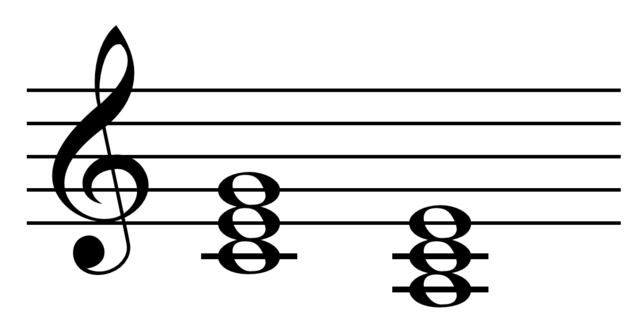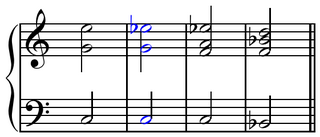Top Qs
Timeline
Chat
Perspective
Subsidiary chord
From Wikipedia, the free encyclopedia
Remove ads
In music and musical analysis, a subsidiary chord is an elaboration of a principal harmonic chord in a chord progression.

If the principal chord (X) is partially replaced by the subsidiary (Y), there are three possible positions - beginning, middle, and end - for the subsidiary:[1]
- X–Ya
- Y–X
- X–Y–X

For example, a subsidiary chord in a modulation.
A subsidiary chord may be a chord with related function and/or sharing pitches, for example in E major, C♯m (C♯-E-G♯) as a subsidiary for E (E-G♯-B), which share two of three pitches and are related as tonic parallel (vi) and tonic (I).
Remove ads
See also
References
Further reading
Wikiwand - on
Seamless Wikipedia browsing. On steroids.
Remove ads
